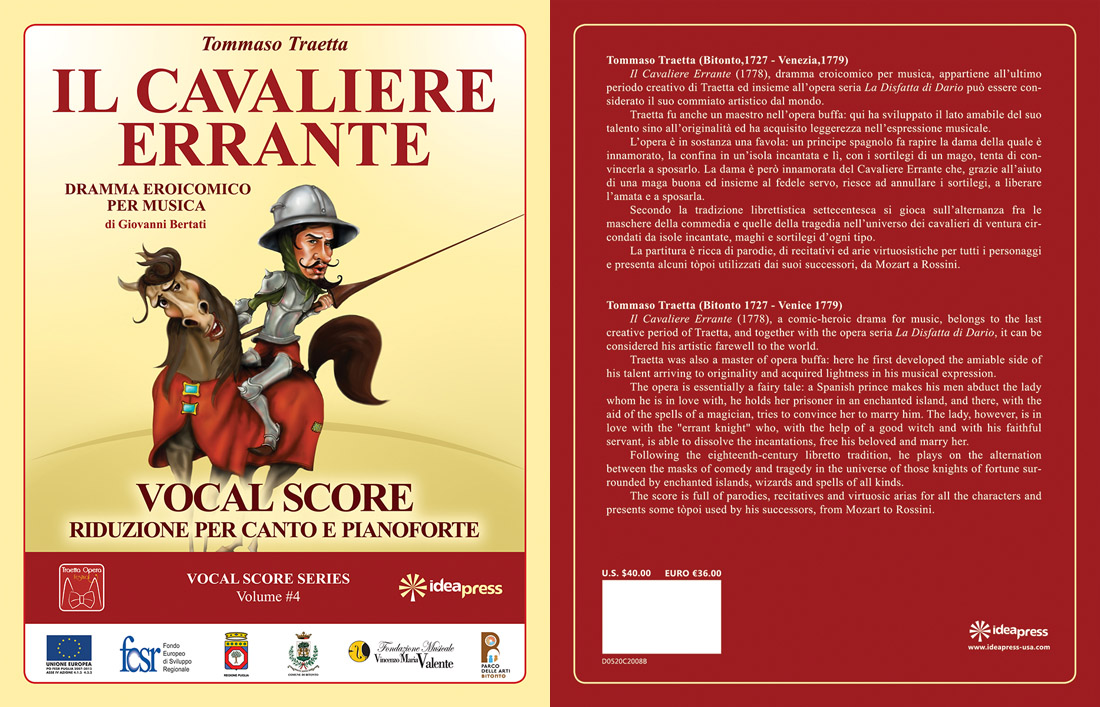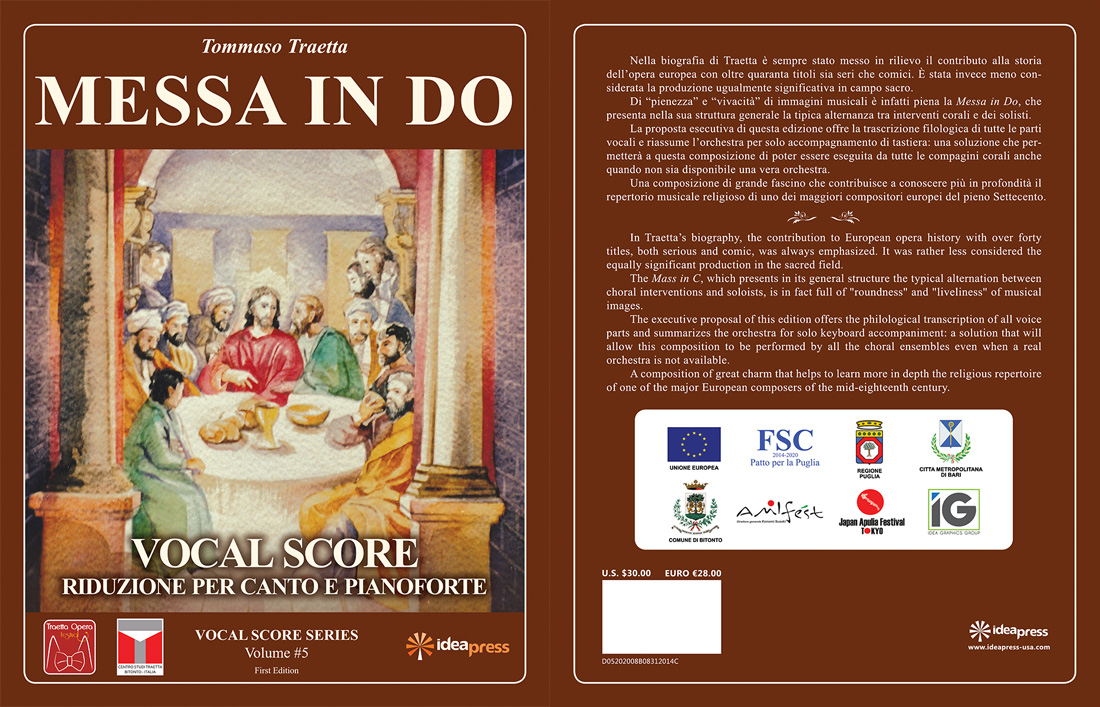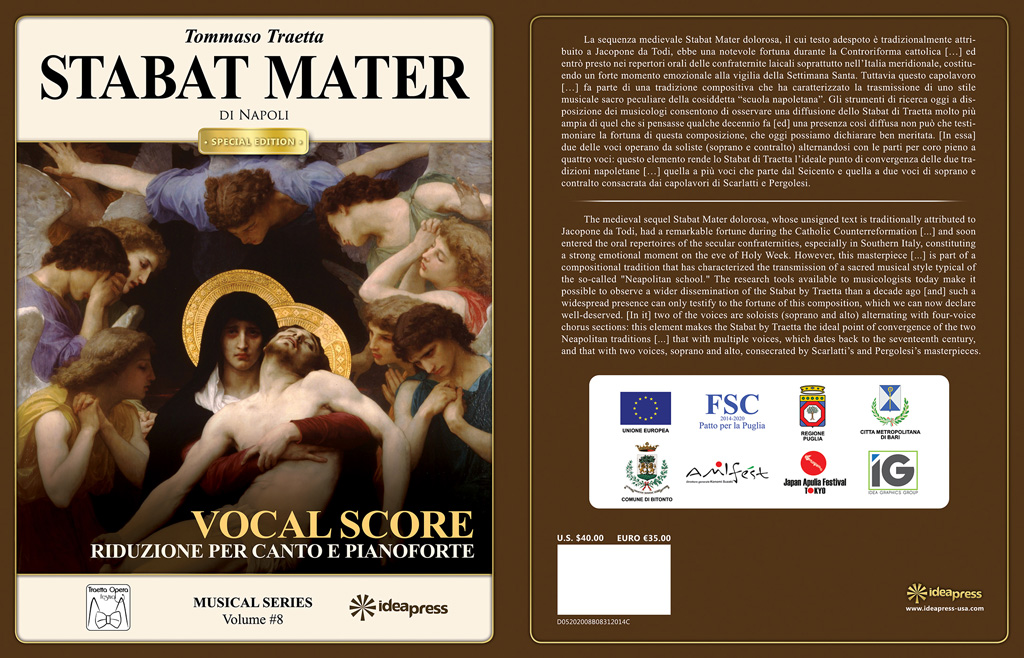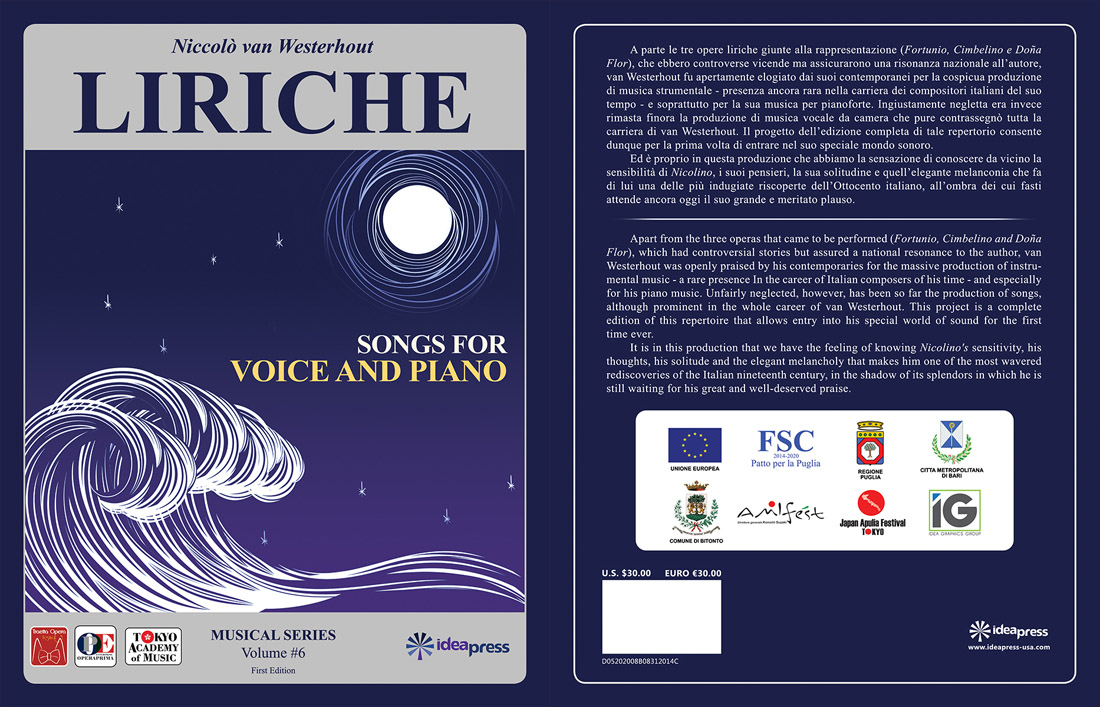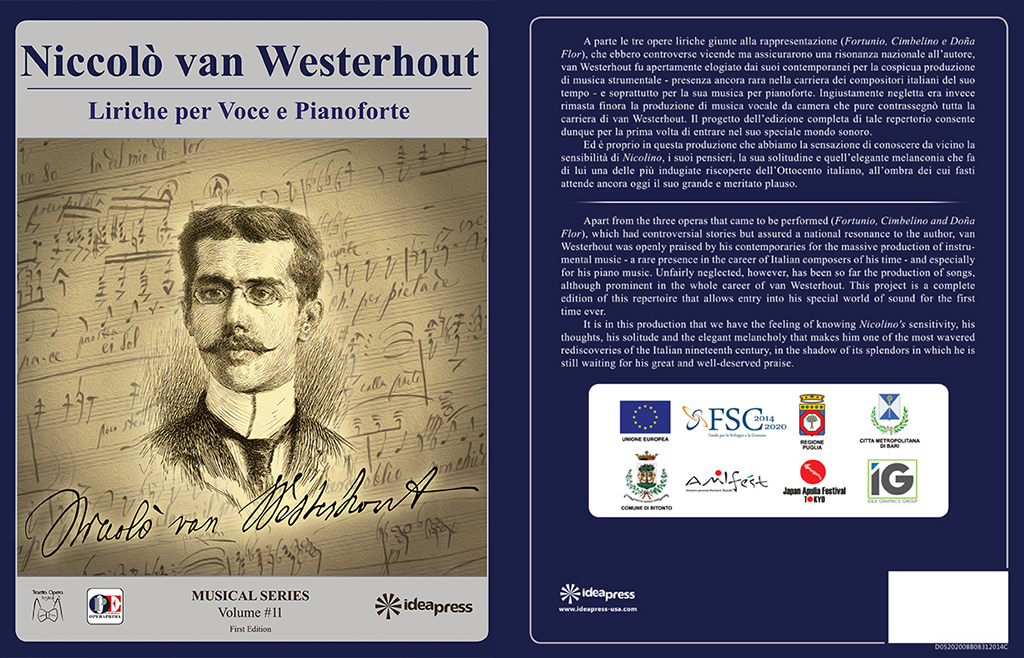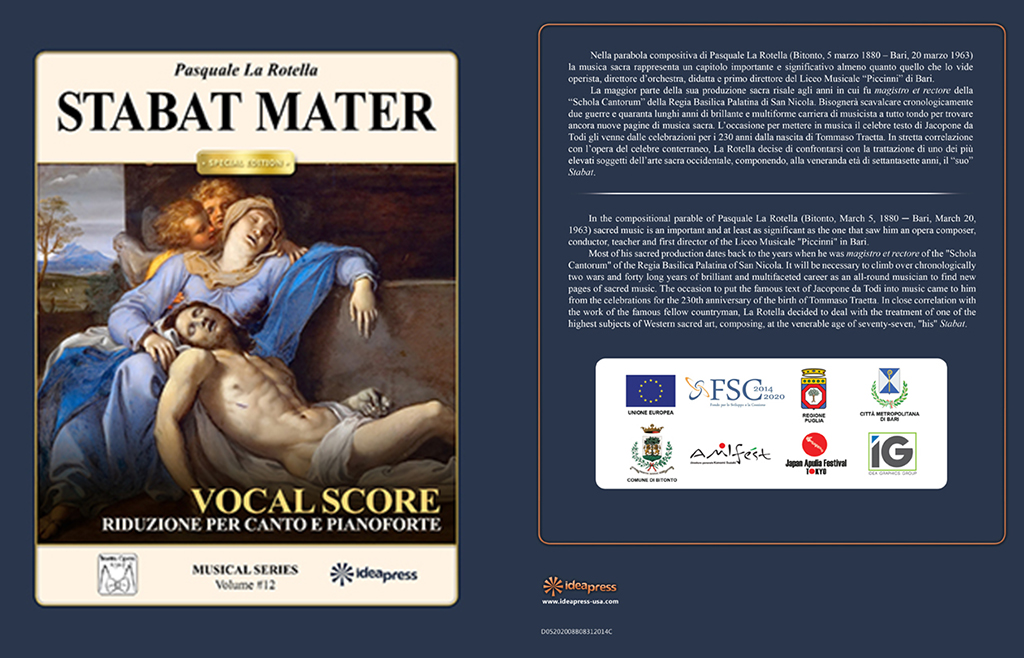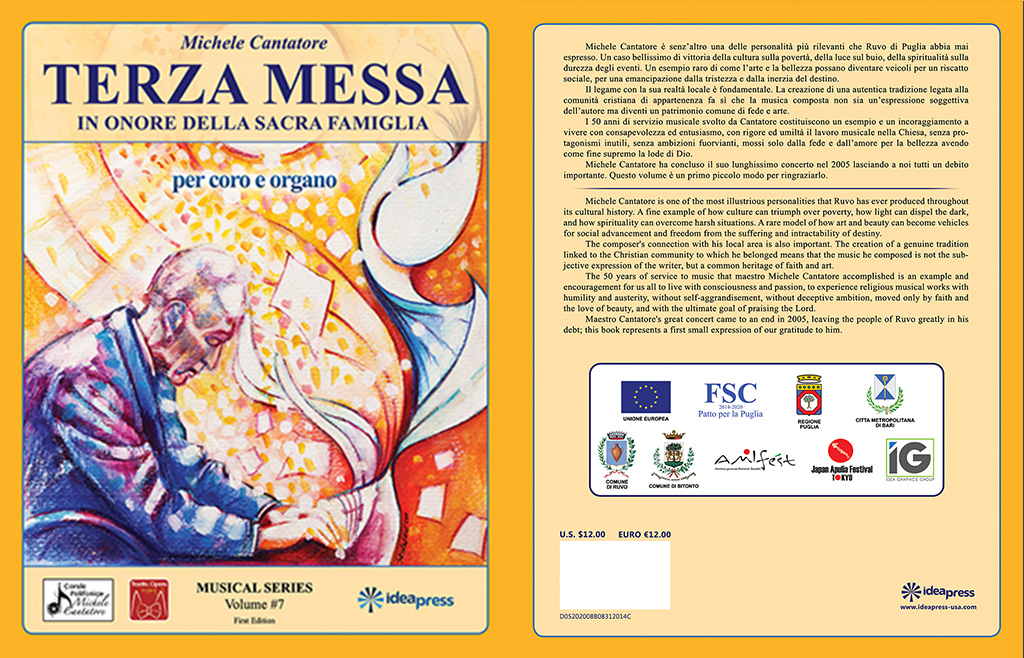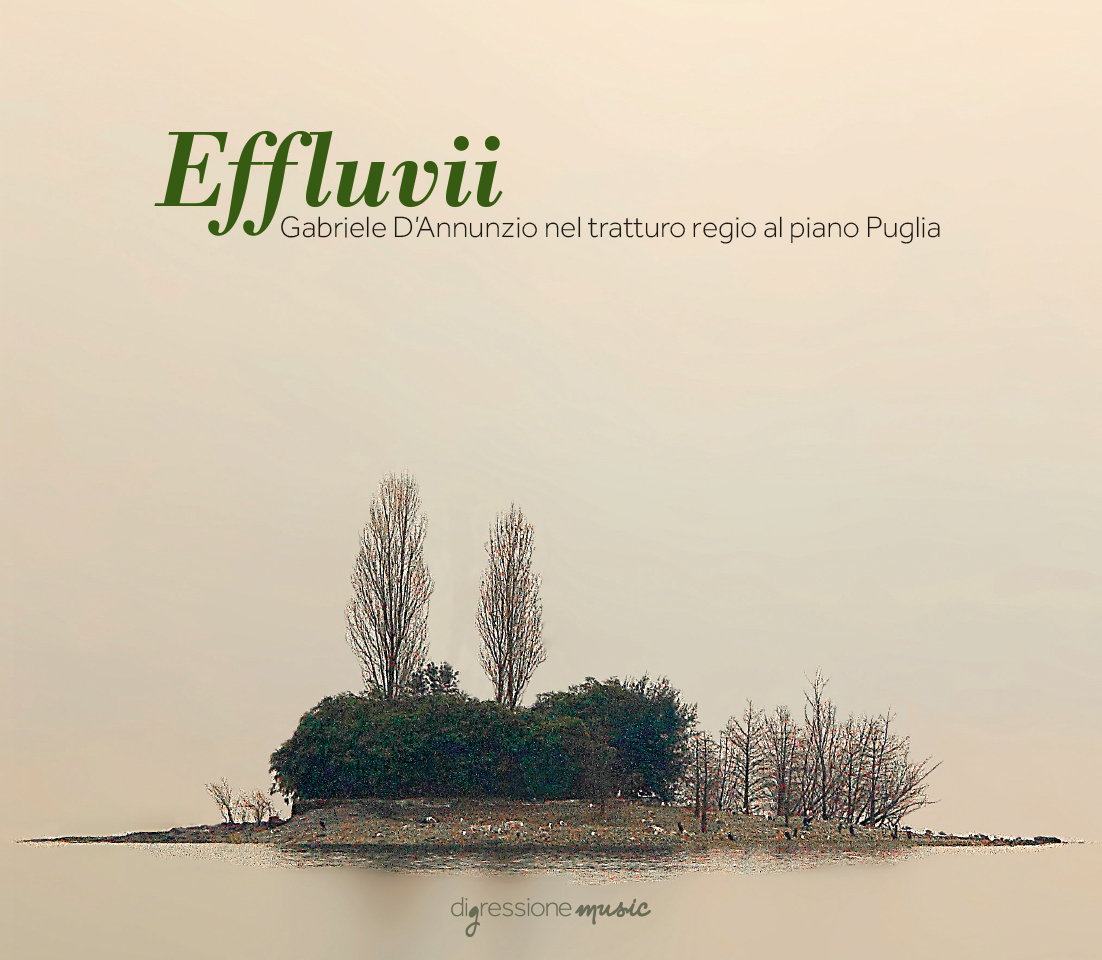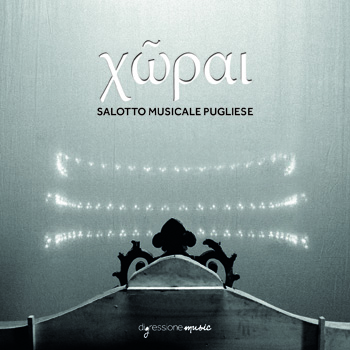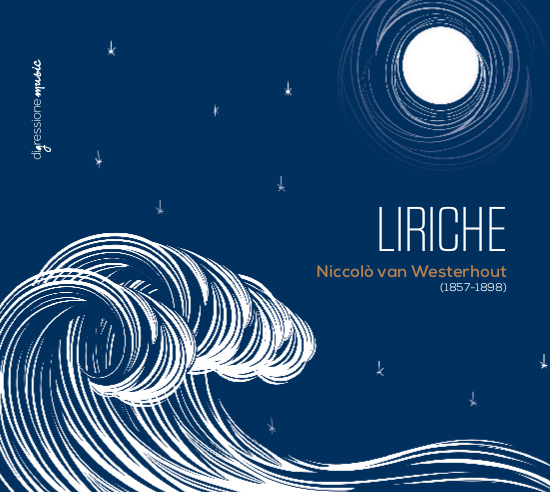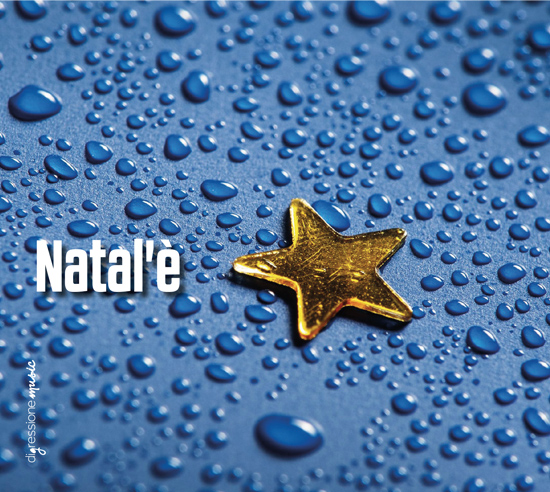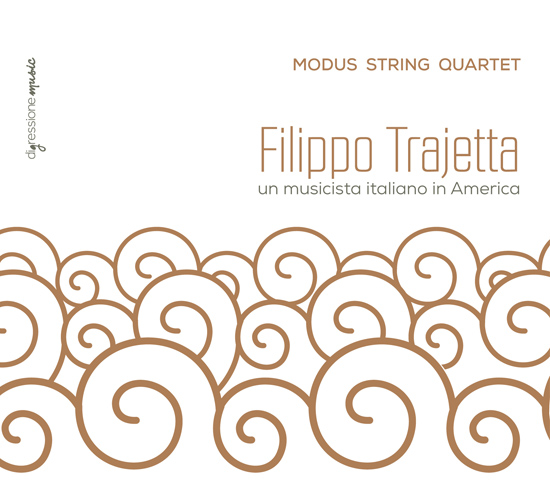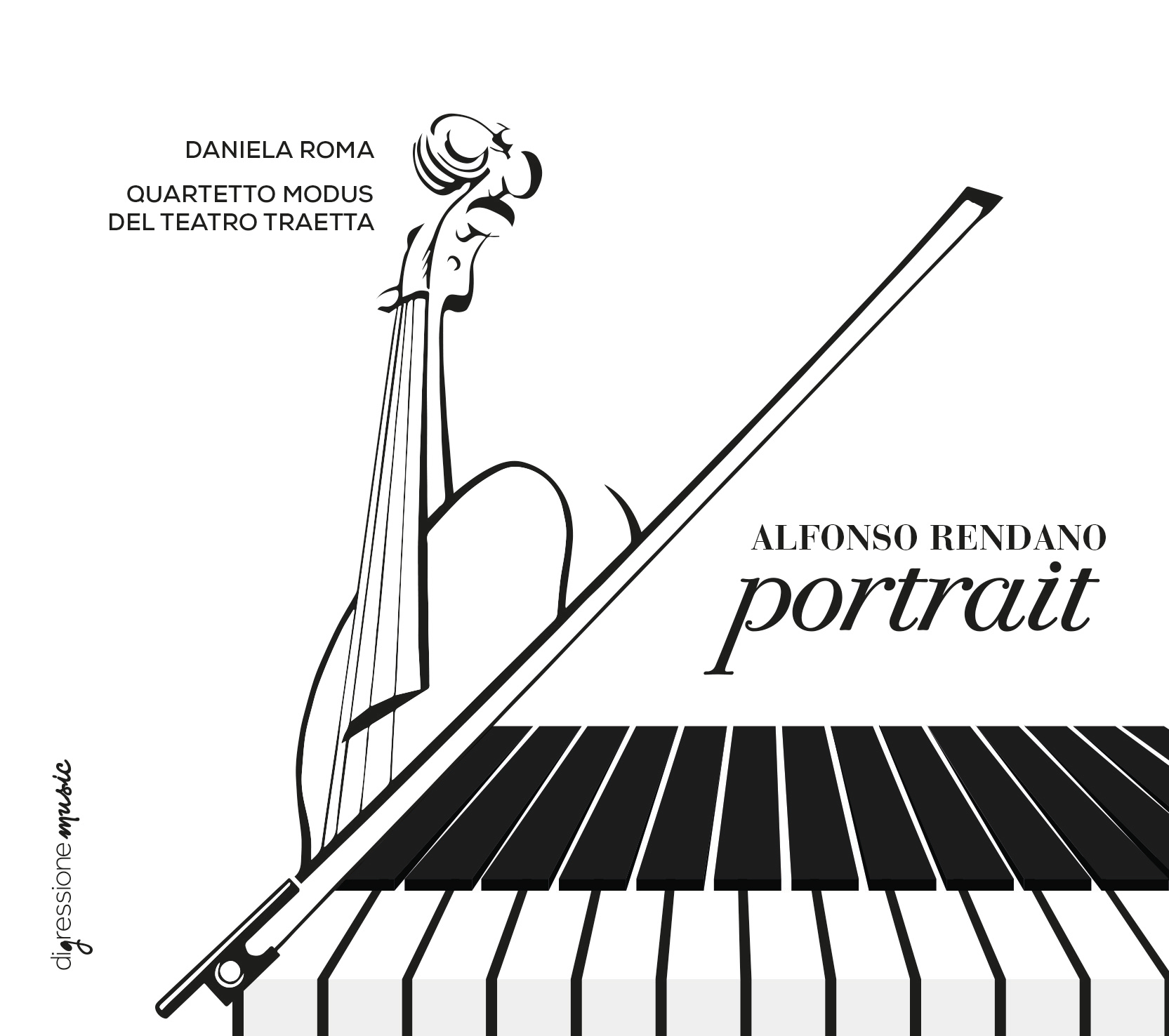NATAL’È (So It’s Christmas)
The lyrics in this record are the same as many snowflakes: unique and yet here collected in order to create a single special atmosphere.
Waiting for Christmas has got a hundred faces. It is a child that comes to life, a child that waits, a child that laughs, a child that sings, just like those in the treble voices’ choir ‘Caffarelli’ that, it is not a case, open this collection with Federica D’Agostino in Christmas Time by Rocco Cianciotta, first recording ever for the very young team of the Traetta Theatre in Bitonto directed by Emanuela Aymone.
Christmas is a memory, a song of joy. The lyrics by the famous composer from Bitonto Tommaso Traetta and his son Filippo Trajetta, a successful Italian American composer, lead us through the voice of the soprano Daniela Degennaro, to a simple and delicate past, in which candles substitute the thousands of colourful lights and the prayer becomes art, touching the humblest hearts.
Christmas is hope. It is the wandering on the cold wind of the protagonist of Viaggio di Natale by Rocco Cianciotta, whose faithful and laical tale, written and narrated by Maurizio Pellegrini, carries us around the houses in Europe, arriving directly to us, to our sometimes too asleep consciences.
Christmas is the surprise that Pietro Laera gives with his Improvvisazione for piano, intimate and shared emotion, over words.
And there are those who live Christmas night in other special nights, as well as we do, as Apulians, with Saint Nicholas, ‘the real’ Santa (Ni)Claus, whose history and tradition are entrusted to the evocative language of Pantaleo Gadaleta, a real collection of talking pictures to Maurizio Pellegrini’s lines.
Christmas is our running, our staying together, our hugs, cards, the crib, gifts, biscuits, the dreams we hang on the tree, and the good resolutions we promise to ourselves thinking about tomorrow and about yesterday with shining eyes. After all, we are always children again at Christmas; and the voice of the ‘Caffarelli’ choir in Natale nel mondo by the unforgettable Raffaele Gervasio turns into the living voice of all of us.




